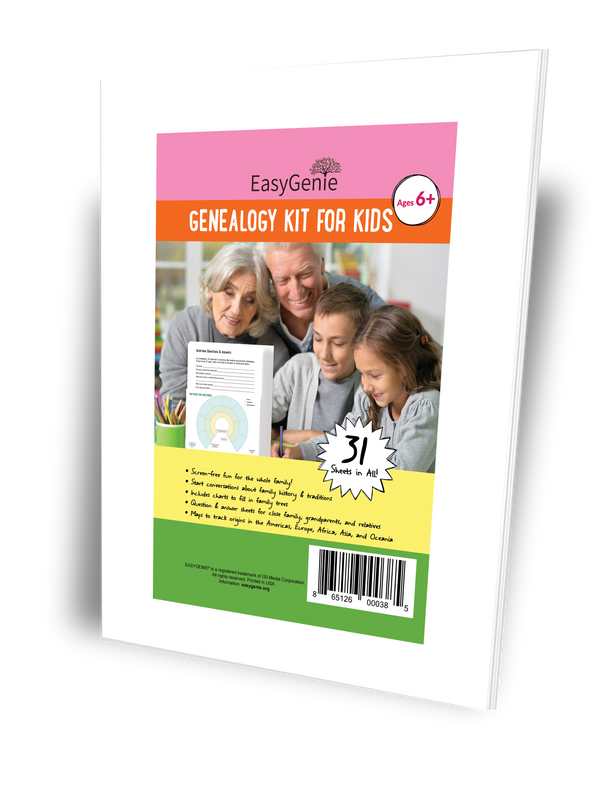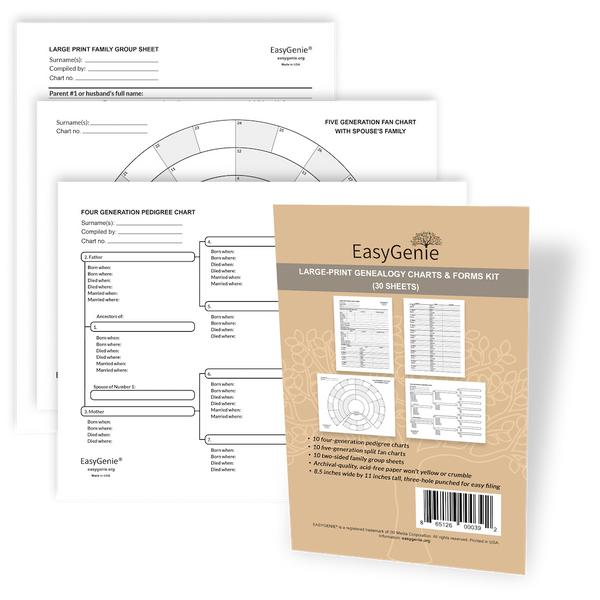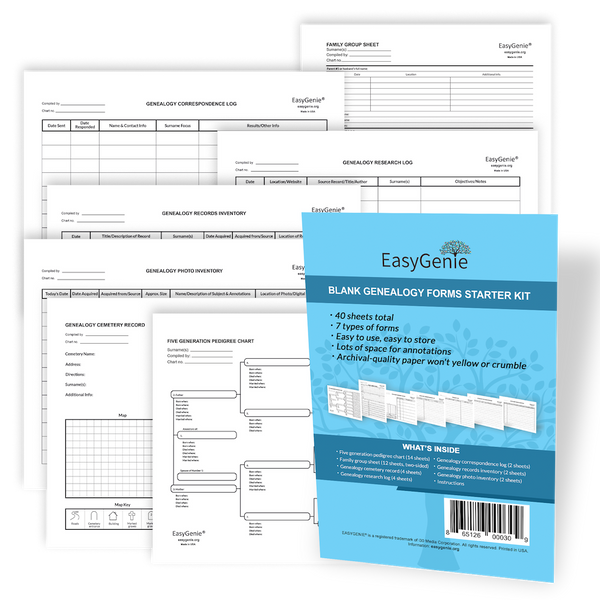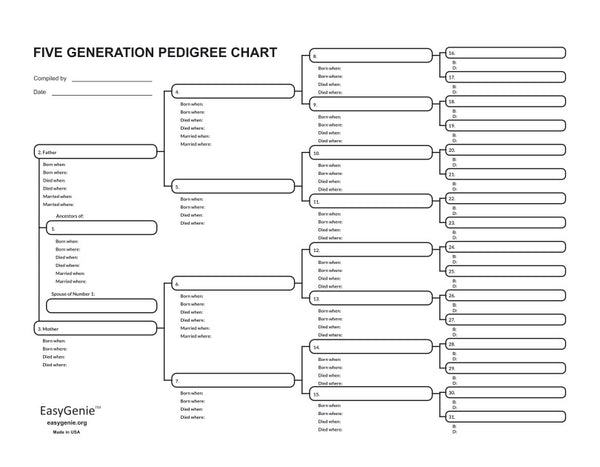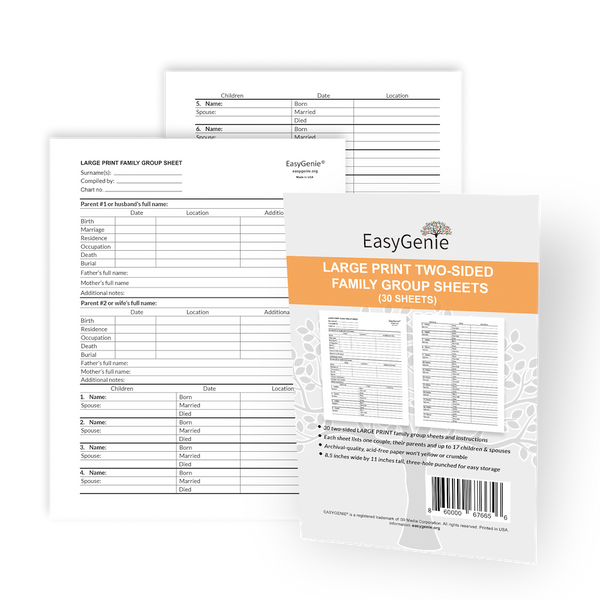
7 tips for reading cursive genealogy documents
Ian LamontCursive is not dead! It’s actually making a comeback (see article below). And that’s a good thing for family historians, because understanding handwriting on cursive genealogy documents is not only central to interpreting old records, it can also be used to create new records for the generations that follow.
I have some tips to share about reading cursive. First, a confession: The EasyGenie chart sample above (9-generation fan chart) wasn’t written by me. My own cursive is terrible!
So, I commissioned a professional calligrapher to enter the family information on one of our large-format charts, which I then framed and gave to my father as a gift.
While my cursive handwriting is poor, I have good reading skills when it comes to old handwritten census returns, vital records, and letters. Last weekend, I had to read a will dating from 1851. Can you read this small sample?

That brings me to my tips for hard-to-decipher handwriting:
- Read aloud, and start from the beginning of the line or paragraph. This helps establish the cadence of the language, and makes it easier to read than picking out random text on the page.
- If you are unsure about a letter or number, compare it with a confirmed example of the same character elsewhere on the page.
- Zoom in to make the letters bigger.
- Increase the brightness of the screen, the image exposure, or the contrast to improve readability.
- See if a better scan exists elsewhere. I recently learned that FamilySearch images are often superior to the same images found on Ancestry.
- Double-check transcriptions. Automated transcriptions are often way off the mark. Ancestry once hired overseas transcriptionists who weren’t native speakers, with predictable results.
- Turn to genealogy Facebook groups or older relatives who may be more familiar with reading cursive.

What about writing cursive genealogy charts? Here are some bonus tips:
- When creating cursive genealogy charts, if your written cursive is rusty, practice writing in pencil before using ink.
- If your cursive is hopeless and you want to give a completed genealogy chart as a gift, consider hiring a pro … or trying one of our fillable genealogy PDFs you can type into using a cursive-style font, Aramis.
- Have the chart professionally framed for maximum impact, as shown in the picture above.
Finally, when you find an example of beautiful calligraphy, treasure the discovery! Sometimes, the anonymous census takers, deacons, and clerks cared about their handwriting, and did our ancestors justice when writing out their names. Appreciate their care, and strive for the same attention to detail in your own charts.



